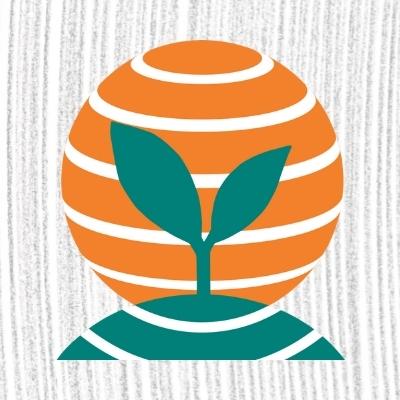Mon, 02/07/2022
As part of its work highlighting innovators in the dynamic tech sector here in Nebraska and the region more broadly, the Nebraska Governance and Technology Center is reaching out to regional tech leaders to ask them a few questions about their work, how they got started, and where they see their organization headed in the future. Today we are featuring CropWatch, “a central resource for University of Nebraska-Lincoln Extension information on crop production and pest management” written by Extension Educators and Specialists and produced by IANR Media in the UNL Institute of Agriculture and Natural Resources. CropWatch has two helpful components for Nebraska farmers: the CropWatch newsletter, which includes timely articles published to the site’s homepage and includes a calendar of ag events and programs, daily news and updates via CropWatch’s twitter feed, and ag decision-aid tools and resources from UNL Extension. It also maintains crop-specific production and pest management sections, with additional sites for whole-farm and production systems.
Tell us a little about CropWatch’s work.
CropWatch is an online resource that provides science-based information to answer questions and meet constituents’ needs. Using research by Nebraska Extension professionals and UNL ag experts, we aim to anticipate and address the needs of our readers with timely and relevant information. The CropWatch website is a clearinghouse for all crop-related information, readily accessible in one location for the ease of our audience.
How was CropWatch developed?
CropWatch began in 1992 as a printed newsletter on integrated pest management, distributed on the UNL campus. It soon developed into an avenue for sharing University research findings and Extension recommendations directly and quickly with Nebraska farmers as well, and went online in 1996 for easier access. Over the years, readers expressed the desire to see information on a wider array of topics, so CropWatch gradually expanded to include coverage on all aspects of crop production, pest and farm management.
In 2009, CropWatch went through another important evolution. Former Nebraska Extension Dean Elbert Dickey tasked then-CropWatch Editor Lisa Jasa and Nebraska Extension Educators Gary Zoubek and Jenny Rees to transform the CropWatch website into a one-stop source of all Nebraska Extension crop-related information. It was a massive undertaking; they spent nearly a year working with IANR Media programmers to build an expanded site and coordinating with 25 extension specialists and researchers to combine their individual sites into CropWatch. That initiative ended in CropWatch as we know it today.
What are some of the needs that CropWatch aims to address?
CropWatch covers a broad variety of topics to help with the agricultural issues producers are facing in Nebraska and beyond. We offer insights on nutrient management and pest management — insects, pathogens and weeds — and provide timely information for identification, understanding biology and control. We help growers with awareness and understanding of changing regulations, financial situations, policies and other ag industry developments. Through CropWatch, extension professionals share science-based information, including via on-farm research, that pertains to their cropping system practices and about various products being promoted for use. We also offer information on land use changes, such as wind and solar power, and how to determine fair leases and dealing with land use conflicts, and on land management, such as lease agreements and farm bill decisions.
What are some of the major issues in agriculture that you believe will be important in the next five to ten years?
- With the world population estimates, how to raise more or the same amount of grain with less inputs has been, and will be, an important focus.
- Increased regulation and the reduction of products allowed to be applied to crops will force producers to look at nutrient and pest management in different ways.
- Government program payments may change to focus on more environmental methods, and how metrics for those methods will be determined will be crucial.
- A continual struggle between land use for food versus energy production.
- Farms and ag industry businesses getting larger.
- Food being linked with “sustainability” metrics in some way — those who figure it out will have premiums.
